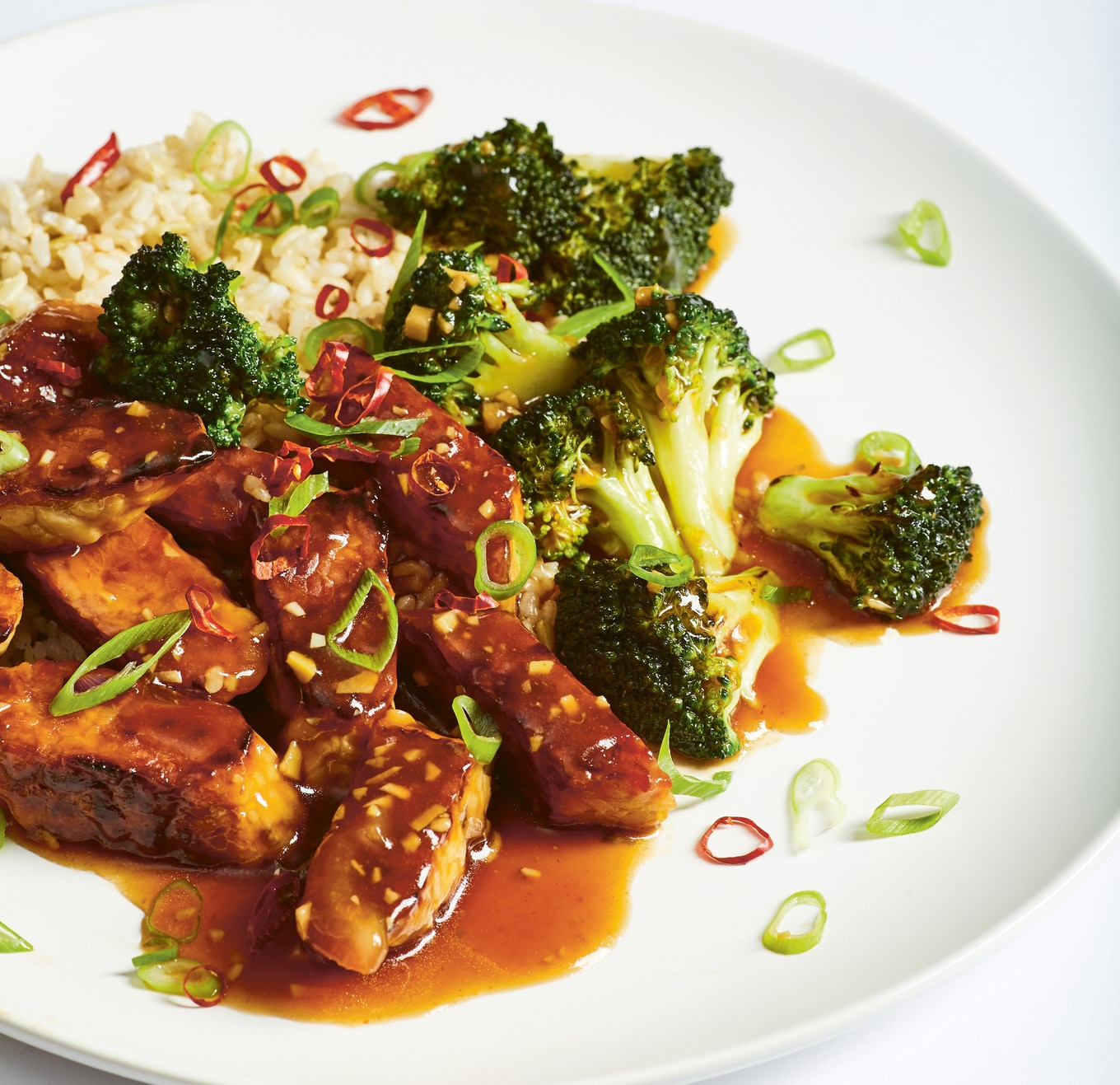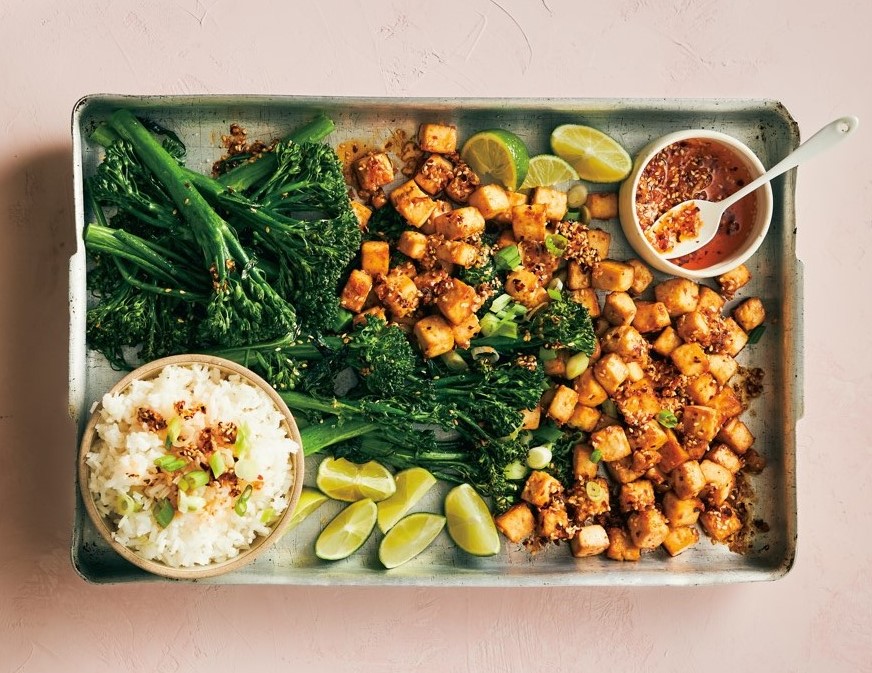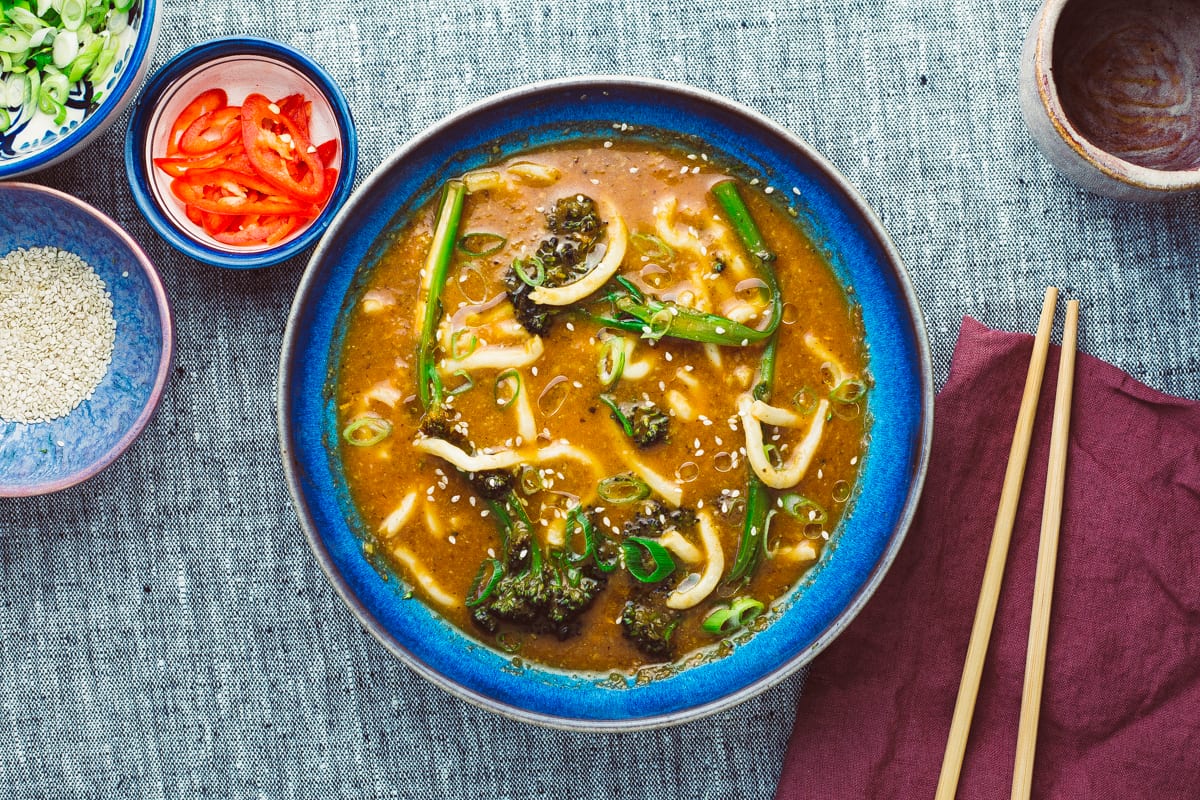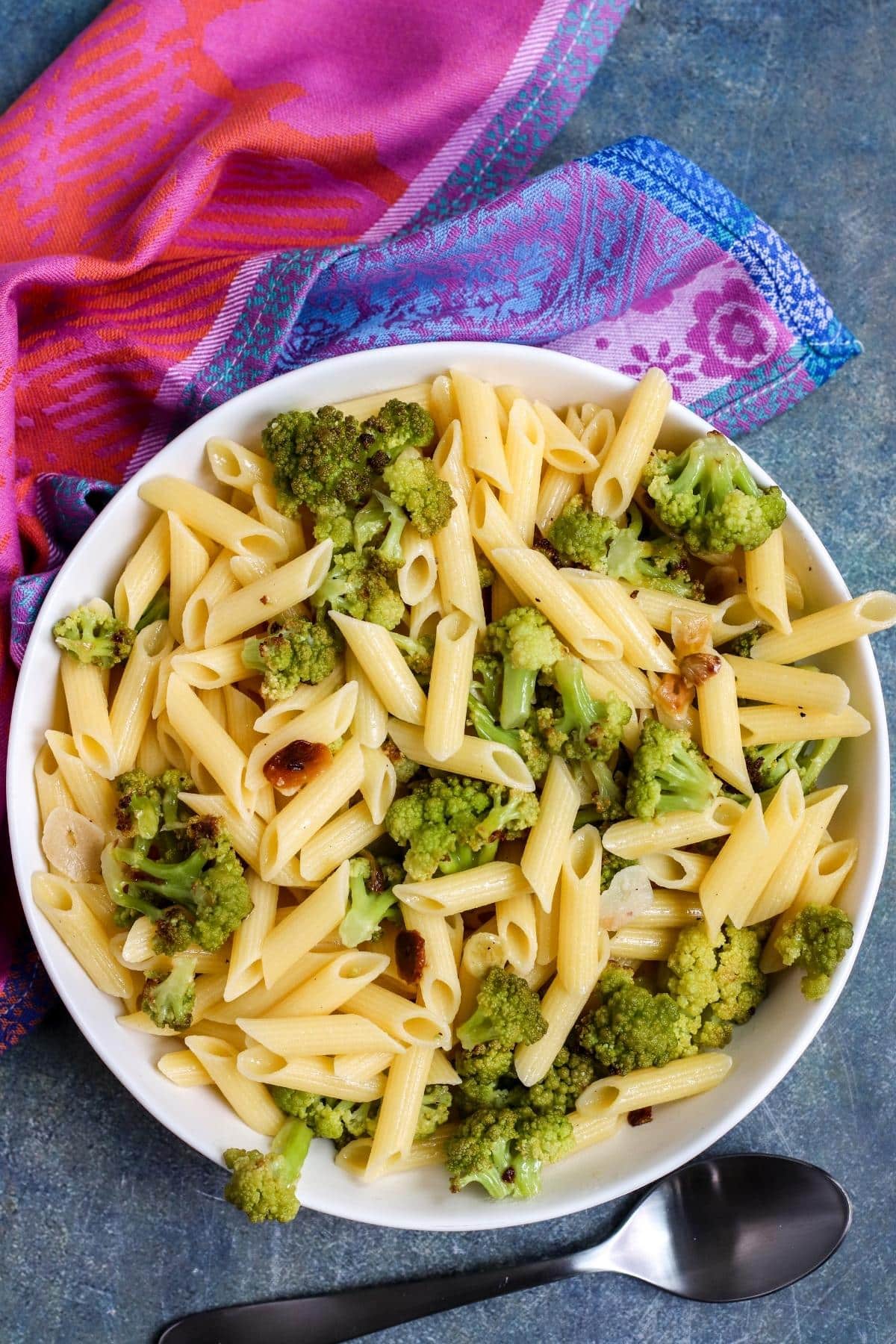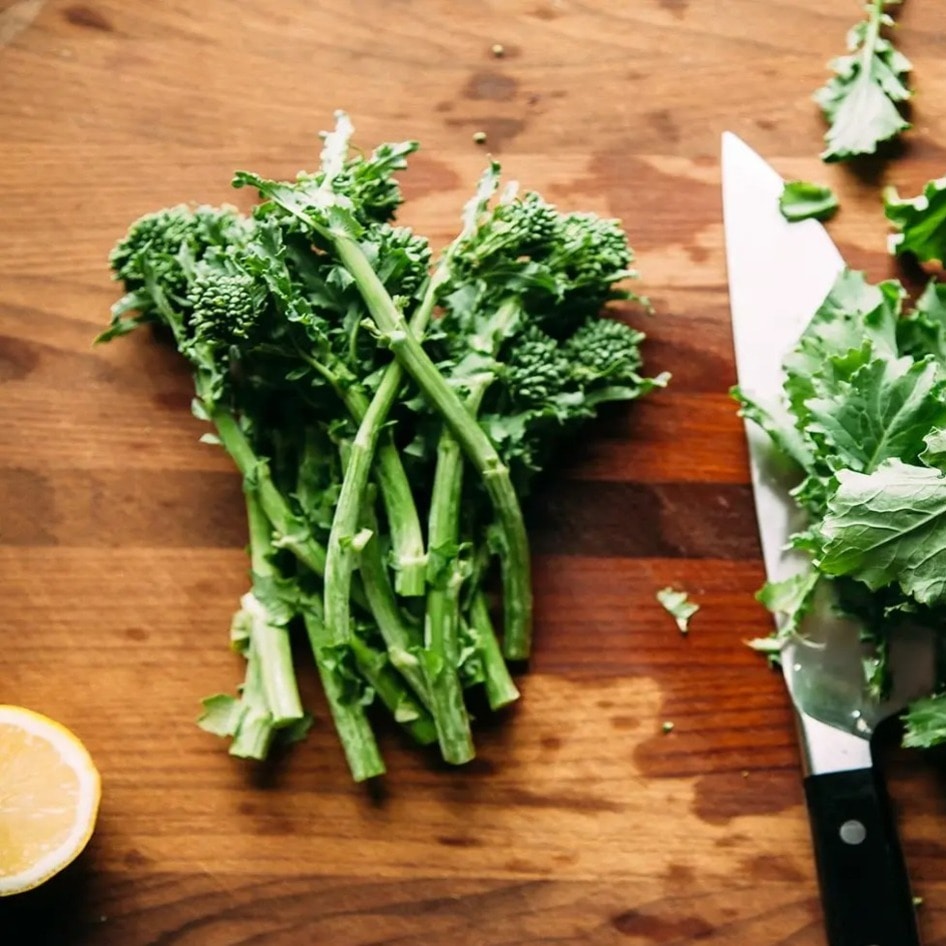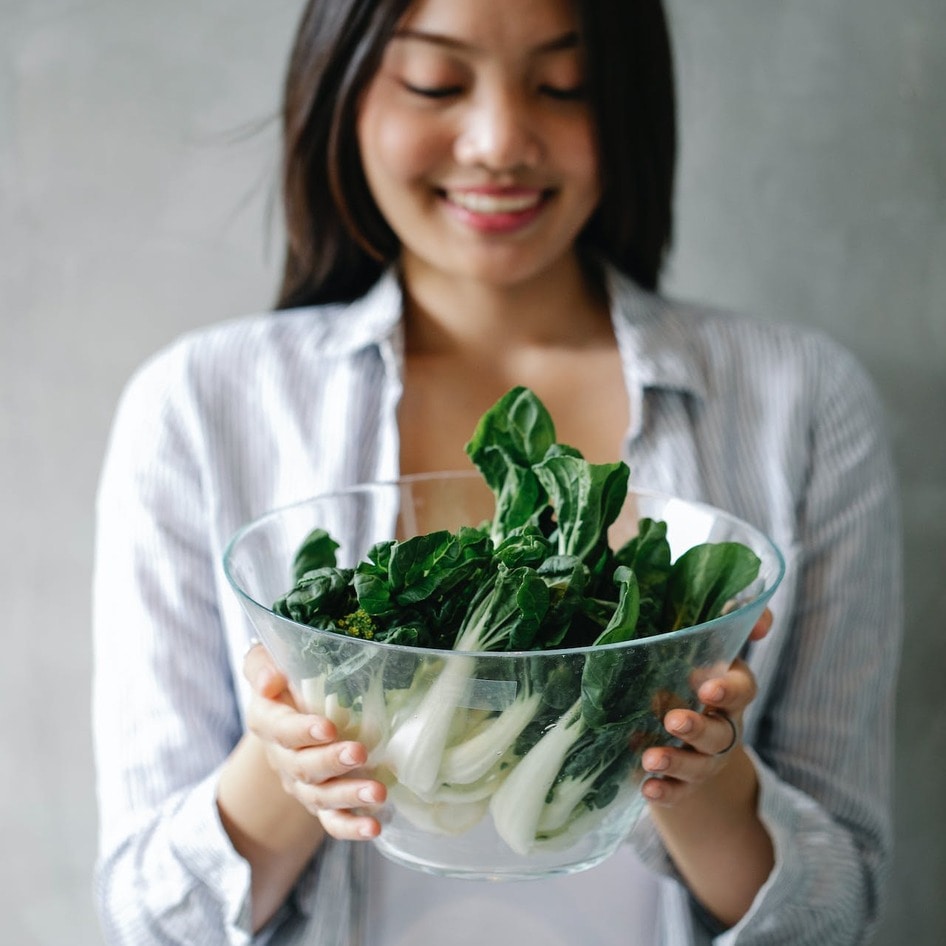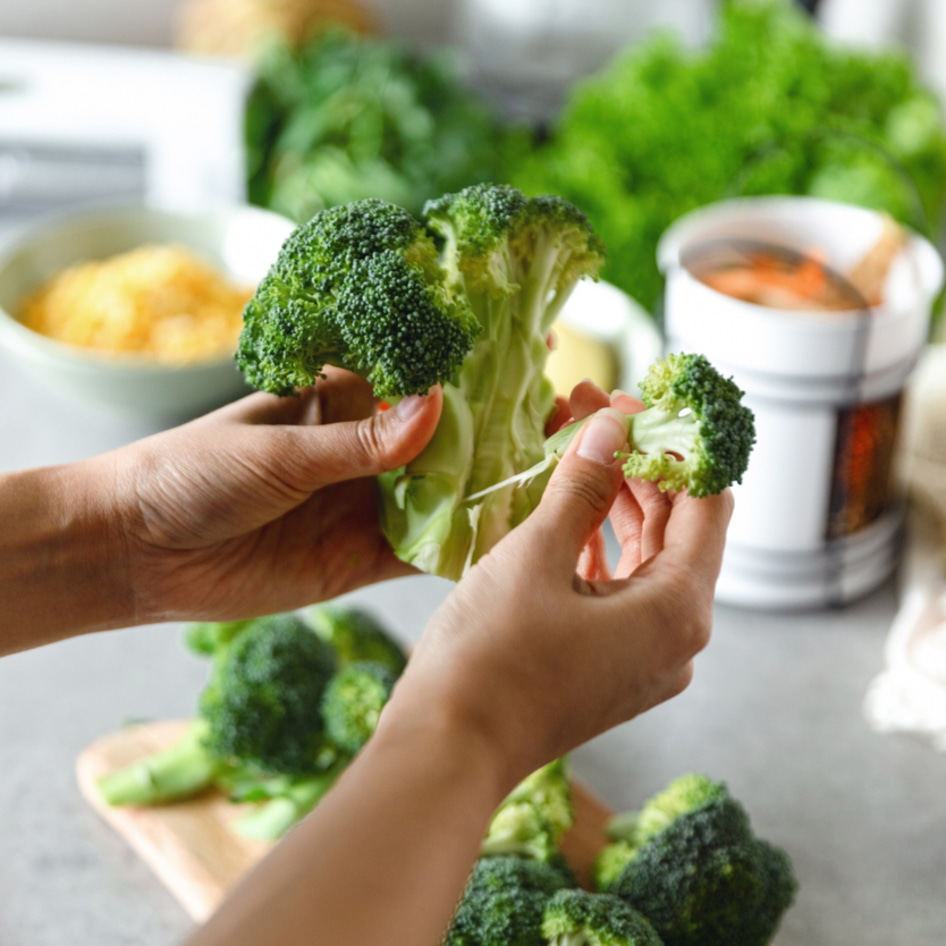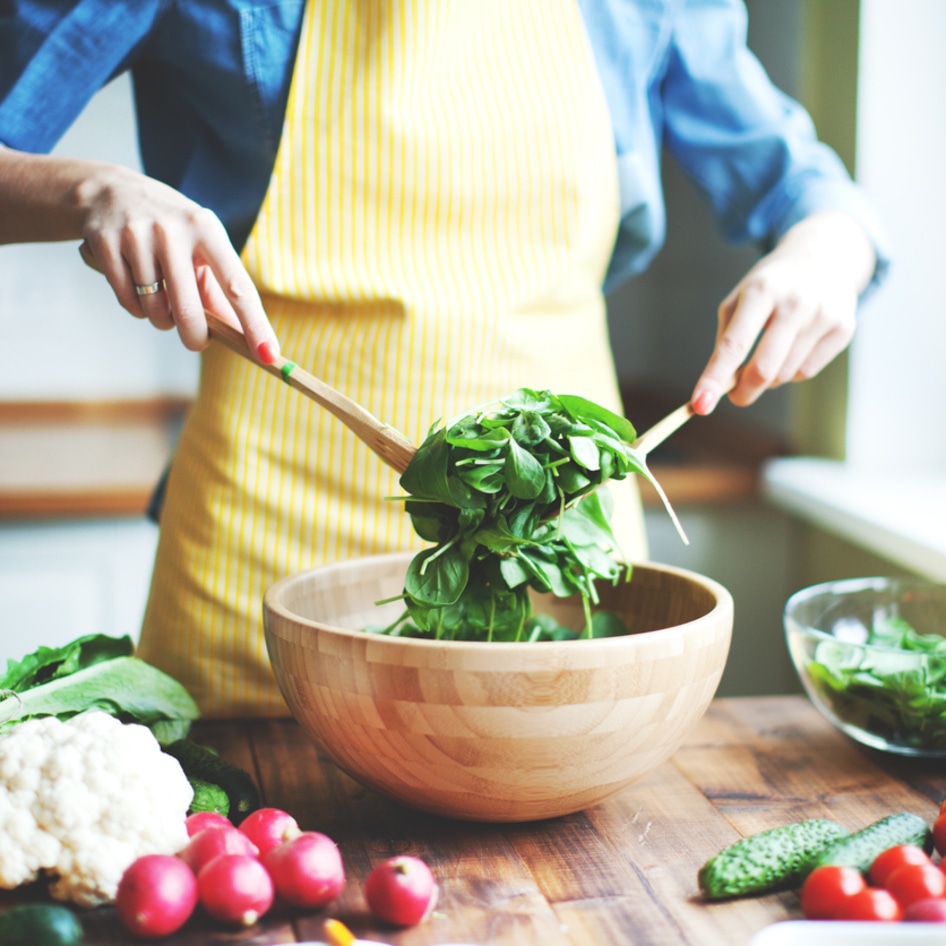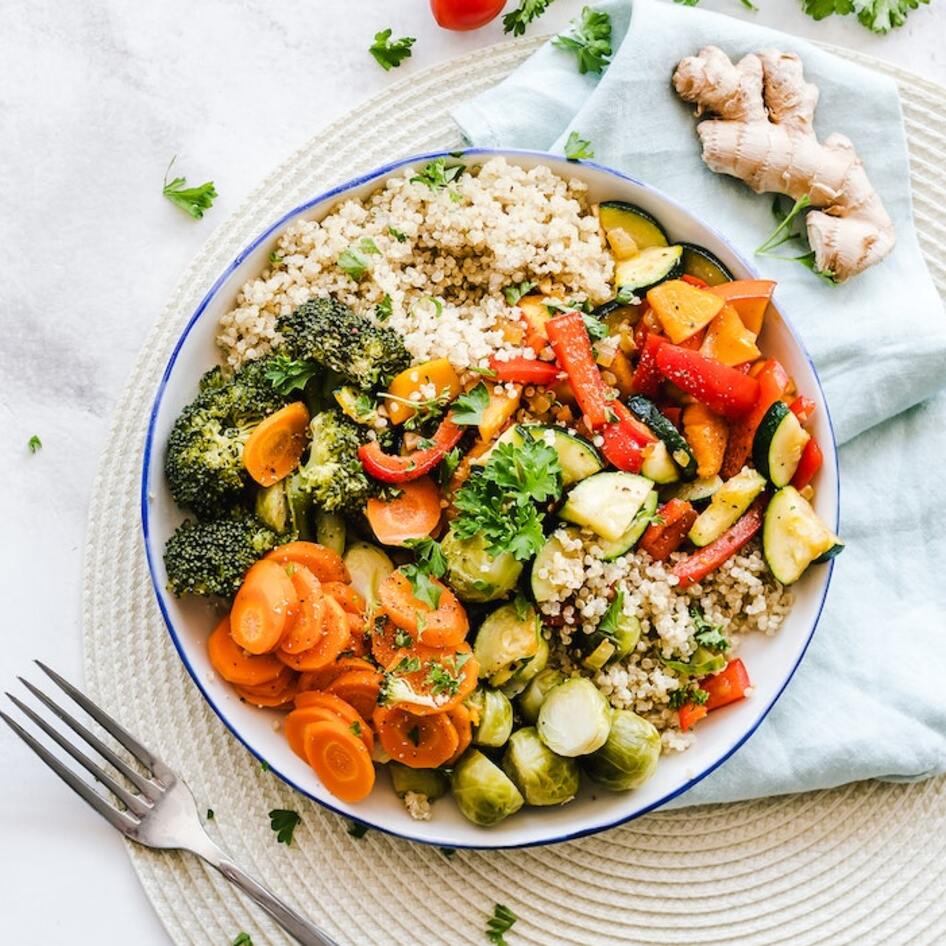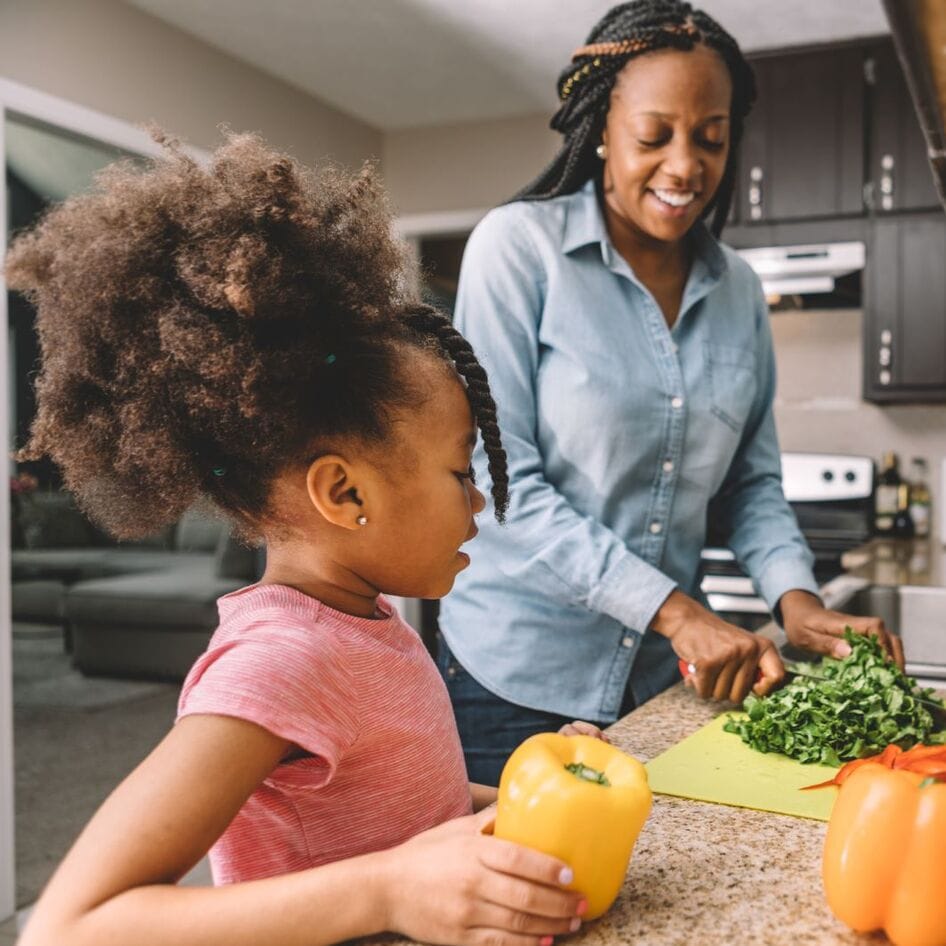The Etruscans brought many things to the world. Without this long-buried ancient civilization of Tuscany, the Romans likely wouldn’t have worn togas, learned the alphabet, or gained the important engineering and building skills they needed to run their sprawling empire. And they probably wouldn’t have eaten broccoli either, and neither would any of us.
The Etruscans, who were also horticulture and agriculture experts, were big fans of wild cabbage, and it was likely their widespread cultivation of the crop that led to the existence of broccoli, as well as other cruciferous vegetables like cauliflower and kale.
According to the Royal Horticulture Society, the Romans held broccoli in high regard. In fact, according to the UK organization Drusus Caesar, the heir to the Roman emperor Tiberius, loved broccoli so much he ate nothing but the vegetable for an entire month.
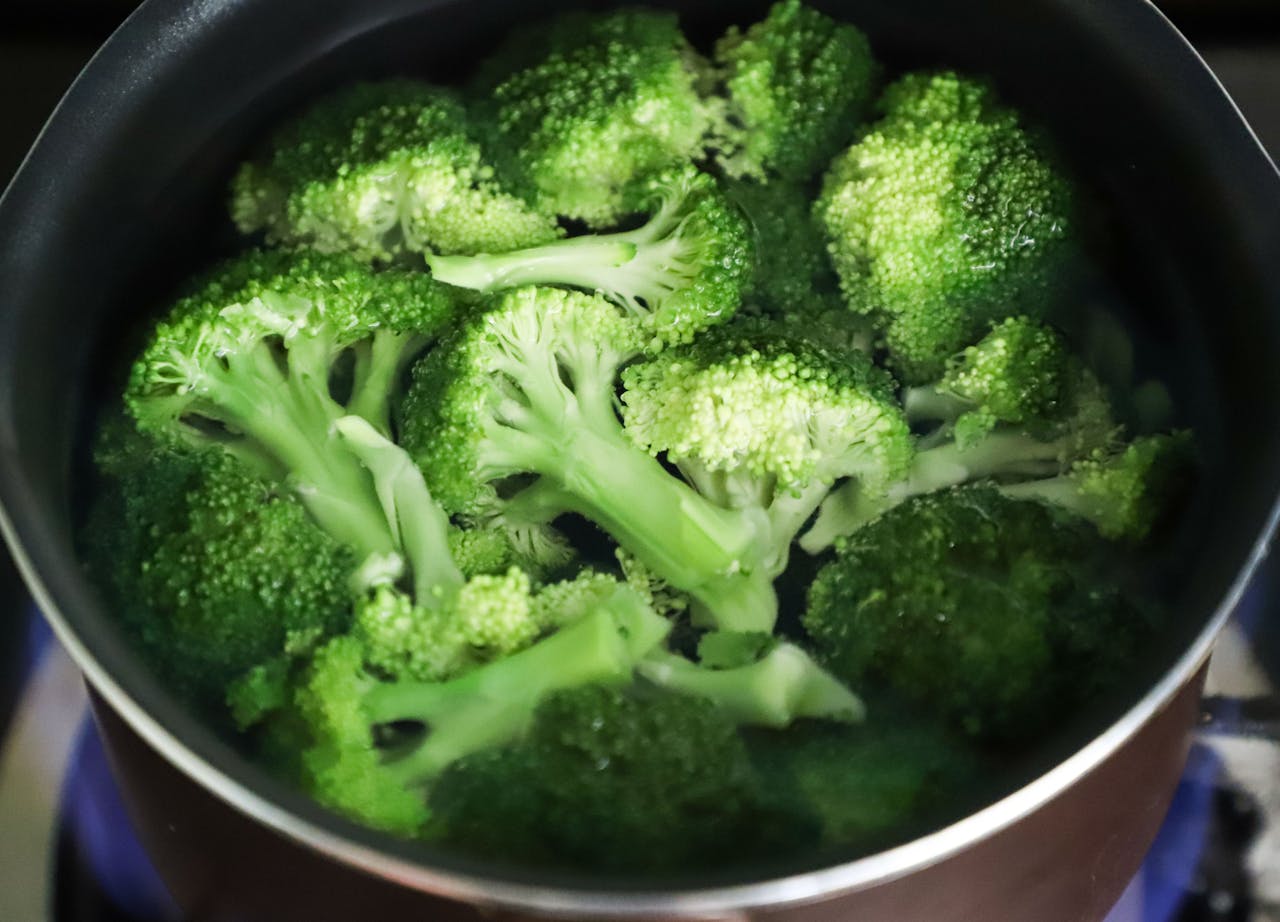 Pexels
Pexels
Today, broccoli is still loved all over the world. In fact, in 2022, it was crowned by one Green Giant survey as America’s favorite vegetable. And from broccolini to purple sprouting, its many subtypes are loved, too.
5 types of broccoli and how to cook with them
Each variety of broccoli has its own unique benefits and flavors, but they’re all just as versatile and easy to cook with as the original broccoli. Find out more below—plus we’ve got five delicious vegan recipes, too.
BECOME A VEGNEWS VIP: Get exclusive product deals, freebies, and perks galore!
1 Calabrese broccoli
This is the type of vegetable you think of when someone mentions broccoli. It has that signature bright green head, which is made up of small densely packed florets (technically, this is the flower of the plant). Calabrese broccoli is easy to come across in stores and it’s incredibly versatile—you can steam it, fry it, bake it, or roast it, depending on your preference. Plus it’s nutritious, too. One cup of raw broccoli contains just over two grams of fiber, as well as vitamins and minerals like vitamin C, vitamin K, and vitamin A.
Try it in a recipe: Beefy Vegan Tempeh and Broccoli
2 Broccolini
Broccolini has become increasingly popular in recent years, largely for its slightly sweet taste and slimmer, tender stem. This vegetable is actually a hybrid—it was created in the 1990s in Japan when two plants (broccoli and Chinese broccoli) were bred together. Broccolini can be cooked in many different ways, but one of the most popular is to bake it or fry it in a stir fry. One hundred grams of broccolini contains around five grams of fiber, as well as iron, calcium, and potassium.
Try it in a recipe: Vegan Firecracker Tofu With Broccolini and Chili Garlic Oil
3 Purple sprouting broccoli
BBC Good Food once described purple sprouting broccoli, which, you guessed it, has purple florets, as the “untidy-looking, colorful cousin of broccoli.” But the differences don’t stop at its appearance. This variety of broccoli also has a slightly more intense, nuttier flavor than regular broccoli, plus, due to its purple color, it contains a potent antioxidant called anthocyanins. Purple sprouting broccoli is a little more tender than regular broccoli, so it’s usually eaten raw, steamed, or quickly sautéed.
Try it in a recipe: Quick Veggie Ramen With Purple Sprouting Broccoli
4 Chinese broccoli
Chinese broccoli technically isn’t broccoli, but it is closely related to the vegetable, which is why it has made its way on to this list. Like the original, it is green in color and it has thick stems, although its florets are smaller than the Calabrese variety. It’s also incredibly versatile, and is often used in traditional Chinese stir-fries and noodle dishes. Chinese broccoli also contains many beneficial nutrients, including vitamin C, vitamin A, and folate.
Try it in a recipe: Easy Gai Lan (Chinese broccoli) with Tofu Stir-fry
5 Romanesco
Romanesco is another engineered Italian vegetable, which was likely first bred selectively in Lazio back in the 15th century. It’s closely related to broccoli and has a similar growth pattern, but it’s a little different in taste and texture. Romanesco is mild and nutty, with a firmer, crunchier texture than the original broccoli. It can be steamed or roasted, and it’s a good source of fiber, vitamin C, vitamin K, iron, and folate.
Try it in a recipe: Vegan Roasted Romanesco Pasta
For more plant-based stories like this, read:
JUMP TO ... Latest News | Recipes | Guides | Health | Subscribe


